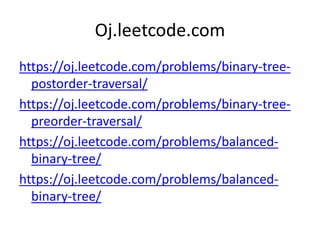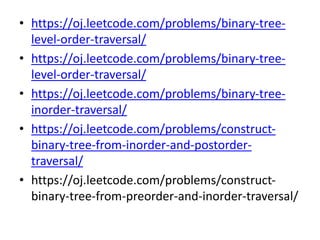Lecture 9: Binary tree basics
- 2. Binary Tree Definition • Every node has at most two children a left child and a right child. • Root - the top most node in a tree.
- 4. A Basic Tree Structure
- 5. Leaf • A node having no child is a leaf.
- 6. Depth of a node • The length of the path from the root to the node. • Depth(root)=0
- 7. Height of the tree • The height of a node is the length of the longest downward path between the node and a leaf + 1. • The height of a node is the length of the longest downward path between the root and a leaf +1.
- 9. Full Binary Tree • Every node has 2 children except the leaves.
- 10. Complete Binary Tree • A complete binary tree is a binary tree in which every level, except possibly the last, is completely filled, and all nodes are as far left as possible.
- 11. • A fully complete binary tree has n nodes what is the height of the tree?
- 12. • A fully complete binary tree has n nodes what are the number of leaves in the tree?
- 13. Implementation
- 14. Search an element in binary tree
- 15. Sum of all the nodes of the tree
- 16. Inorder traversal • Visit the left subtree first • Visit the node. • Visit the right subtree.
- 17. Code
- 18. Postorder traversal • Visit the left subtree first • Visit the right subtree • Visit the node.
- 19. Preorder traversal • Visit the node. • Visit the left subtree first • Visit the right subtree.
- 20. Vector vector<int> a; a.push_back(value); cout<<a[i]<<endl; Accessing the pushed back value similar to an array.(REST READ FROM NET)
- 21. Oj.leetcode.com https://oj.leetcode.com/problems/binary-tree-postorder- traversal/ https://oj.leetcode.com/problems/binary-tree-preorder- traversal/ https://oj.leetcode.com/problems/balanced-binary- tree/ https://oj.leetcode.com/problems/balanced-binary- tree/
- 22. • https://oj.leetcode.com/problems/binary-tree-level- order-traversal/ • https://oj.leetcode.com/problems/binary-tree-level- order-traversal/ • https://oj.leetcode.com/problems/binary-tree-inorder- traversal/ • https://oj.leetcode.com/problems/construct-binary- tree-from-inorder-and-postorder-traversal/ • https://oj.leetcode.com/problems/construct-binary- tree-from-preorder-and-inorder-traversal/

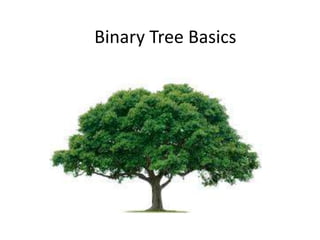

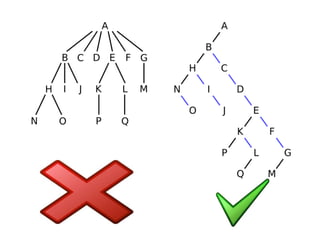
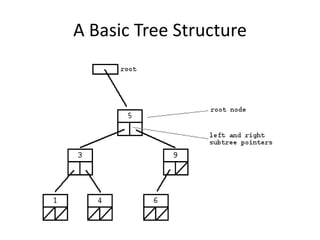
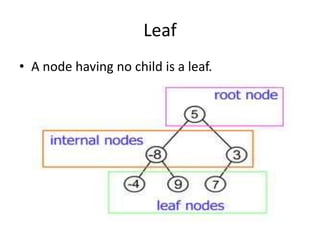
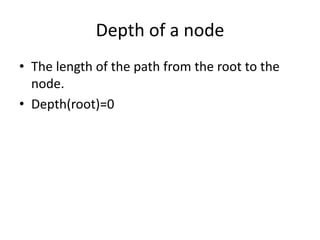

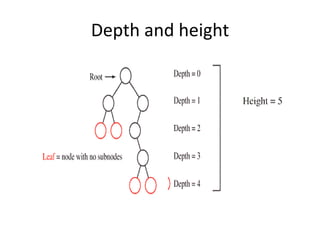
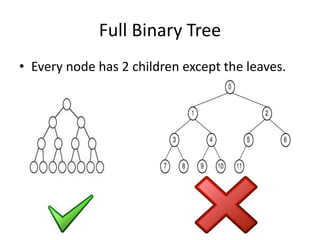
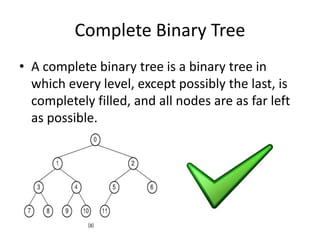
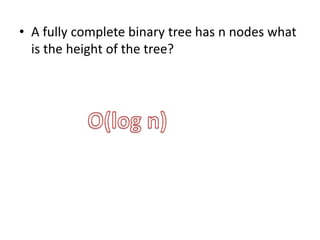
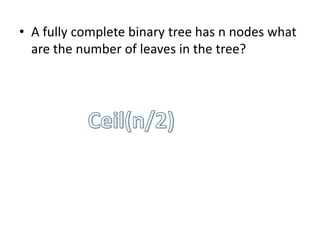
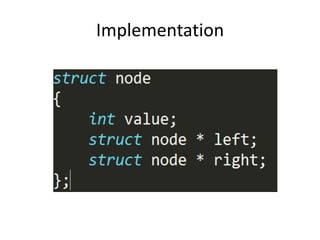
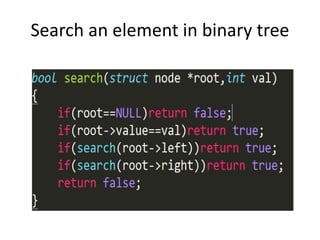
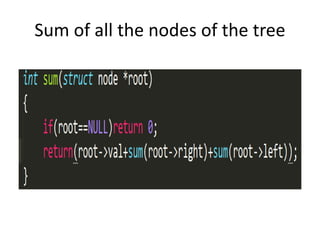
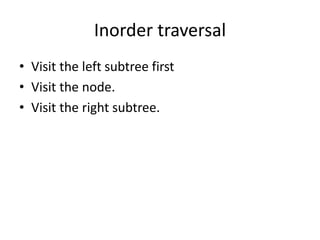
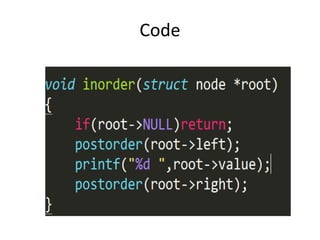
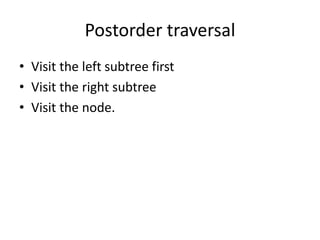
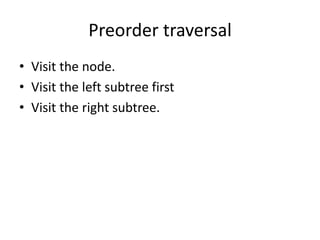
![Vector
vector<int> a;
a.push_back(value);
cout<<a[i]<<endl;
Accessing the pushed back value similar to an
array.(REST READ FROM NET)](https://image.slidesharecdn.com/binarytreebasics-140904065840-phpapp02/85/Lecture-9-Binary-tree-basics-20-320.jpg)
